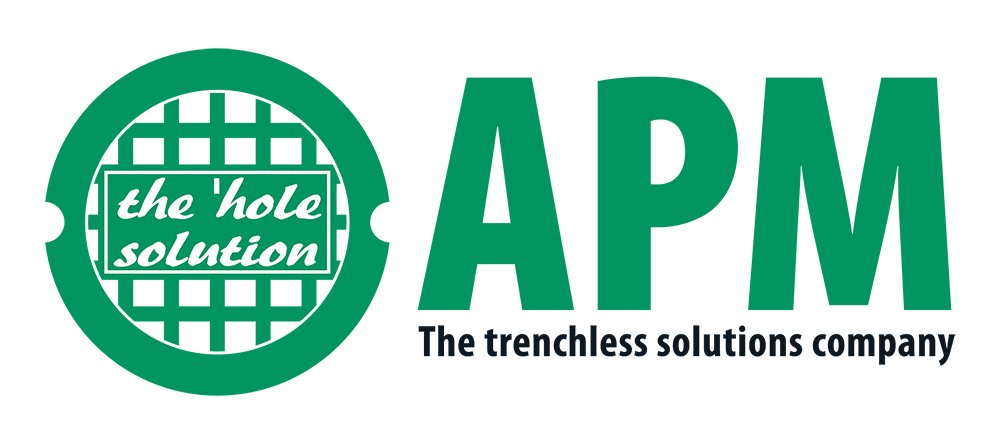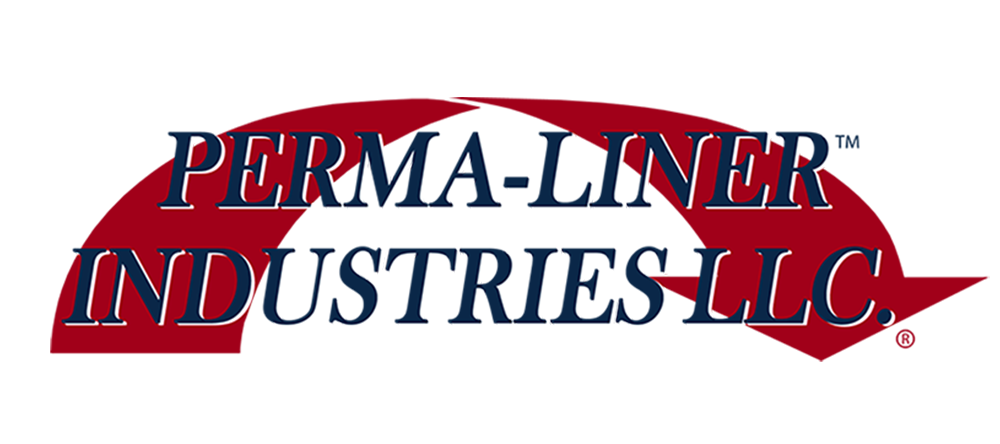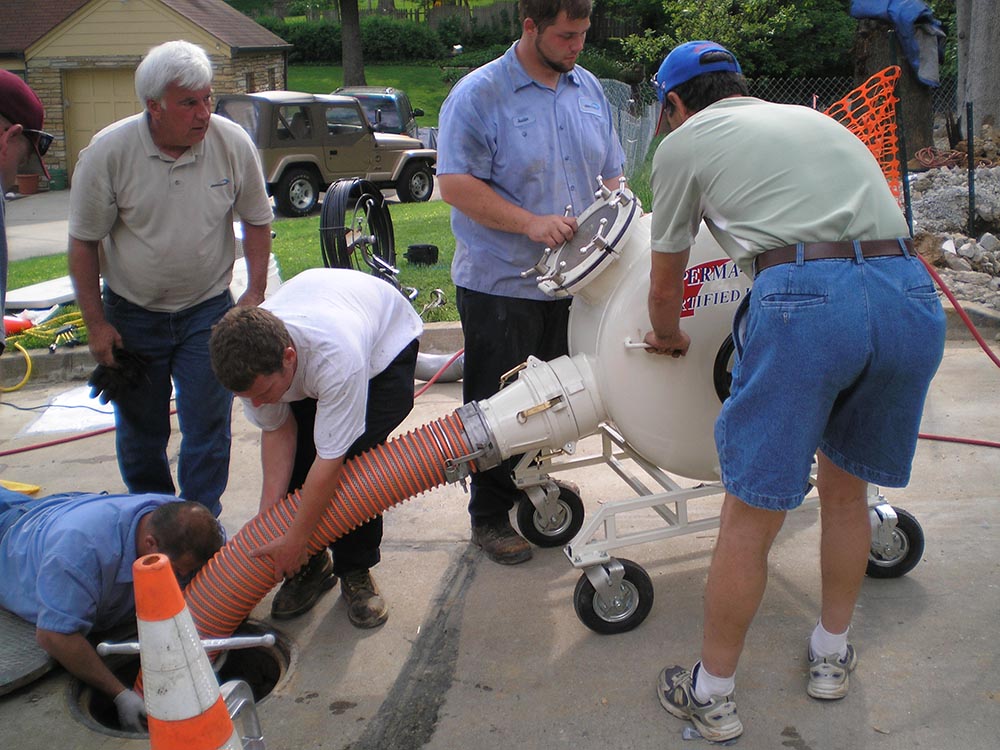In the aftermath of recent flooding, the city of St. Louis has labored to protect vital infrastructure from the damages that the flooding has created. This includes wastewater treatment plants, highway bridges, embankments and more. St. Louis has collected necessary information on water flow data and level to be entered into the National Water Information System. This essential tool is specifically for monitoring heavy storms that can potentially cause damages, as well as to forecast floods and droughts in real time. Some communities in Missouri continue to battle rising floodwaters, while others are beginning their recovery efforts. As water levels begin to recede on some smaller rivers, residents are encouraged to use caution near flood water as contaminants can pose a health risk. It is estimated that nearly 200 homes have been impacted by the floods, with many more at risk of exposure to the flood-like conditions.
Interesting fact: did you know that residential waste stabilization lagoons are commonly used for onsite sewage treatment? The lagoons are used when the soils are unsuitable for the traditional gravity flow drain field systems. A lagoon consists of an artificial pool for the treatment of sewage, or to accommodate surface water that overflows the storm drains during heavy rain. Interestingly, a septic tank is the most common onsite sewage treatment system for cities throughout Missouri. However, a connection to the city’s sewer system is the most reliable means of sewage disposal.
St. Louis, you’re invited!! Perma-Liner Industries requests your attendance at our Open House in Anaheim, CA. It’s taking place for three days from June 13th –June 15th and we want to see you there! It’ll be chock-full of live demonstrations and information on all of the CIPP technology available. Don’t miss this! Call us to confirm your reservation @ 1-866-336-2568










